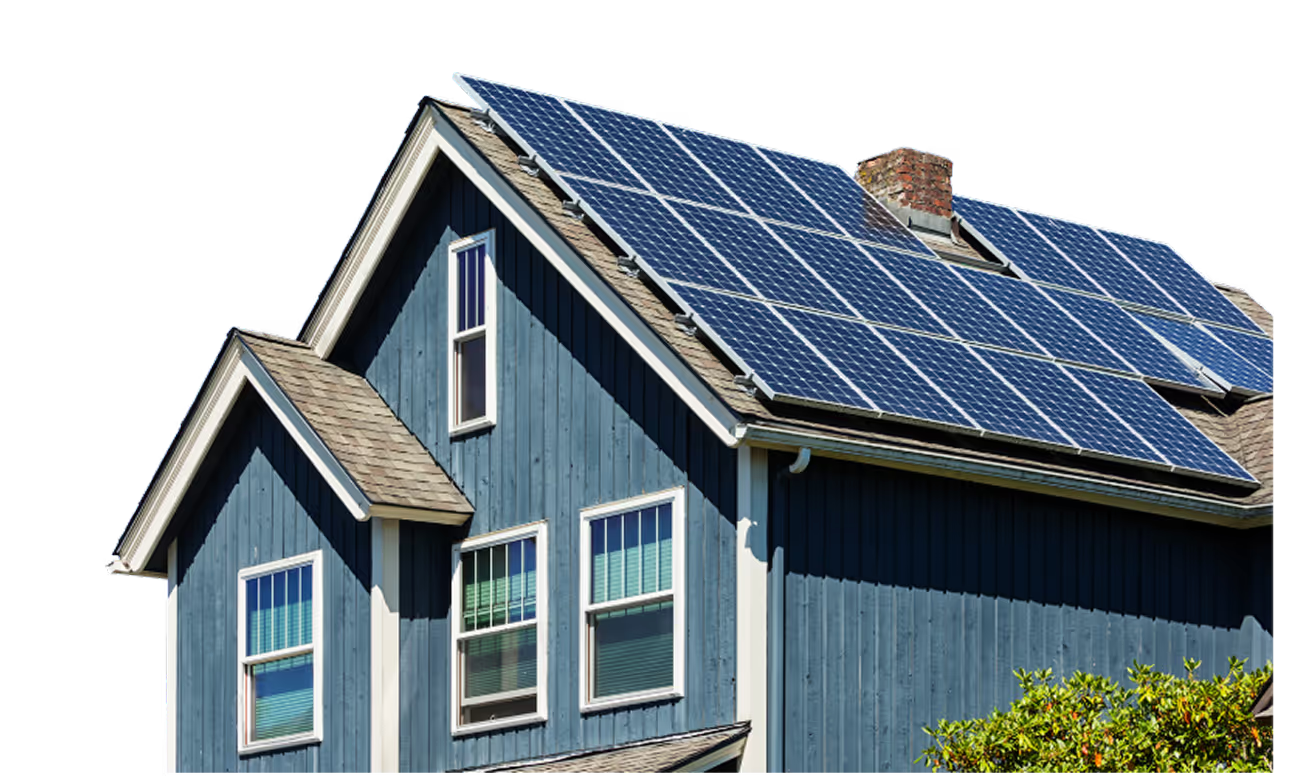.png)
Ever wondered how sunlight actually powers your home? The secret lies in your solar inverter, the brain of your solar system.
As you explore going solar, it's easy to focus on panels alone. But without the right inverter, your system simply won't work. In this guide, we'll break down what a solar inverter does, explore the types available in Singapore, and help you choose one that's efficient, reliable, and suited to your needs.
What Is A Solar Inverter and Why Is It Essential?
Solar panels generate electricity as direct current (DC), but your home runs on alternating current (AC). A solar inverter converts DC to AC, making the energy usable for your lights, air-con, appliances, and more.
But that's not all. Your inverter also manages how energy flows between your solar system, your home, and the power grid. It monitors performance, improves safety, and enables grid-tied features like exporting excess electricity. Without it, your solar panels are just expensive roof tiles.
Types of solar inverters
There are a few key types of solar inverters, each designed to suit different home setups, budgets, and energy goals. Understanding the differences can help you decide what fits your system best.
On-Grid Inverter (Most Common in Singapore)
On-grid inverters, also know as grid-tied inverters, are the standard choice for most homes in Singapore. These systems are connected to both your solar panels and the national power grid. During the day, solar powers your home directly. At night or when there's not enough sunlight, the system automatically draws electricity from the grid.
One major benefit is that you can export any unused solar energy to the grid and earn credits though metering schemes. This setup is ideal for urban homes and households looking to reduce electricity bills without needing battery storage.
.avif)
At GetSolar, we use the Huawei SUN2000 inverter, which offers up to 98.6% efficiency and includes smart monitoring features.
Off-Grid Inverter
Off-grid inverters are designed to work independently from the grid. They come with integrated battery storage, allowing your solar system to store excess energy during the day and use it at night of during power outages..
While these systems offer full energy independence, they are rarely used in Singapore due to the country's highly stable grid and the high cost of battery storage. Off-grid systems are typically better suited for rural or remote areas with unreliable grid access.
Hybrid Inverter
Offering the best of both worlds, hybrid inverters contain both batteries to store excess electricity & are also connected to the grid. The main benefit of a hybrid inverter is in its ability to store energy that can be used to take advantage of varying electricity rates throughout the day.
However, hybrid inverters are generally not recommended in Singapore as they do come at a steeper price because of the battery cost as well.
Hybrid inverters offer the flexibility of both grid connection and battery storage. They allow you to store excess solar energy for later use, such as during peak electricity pricing hours or power outages, while still staying connected to the grid as a backup.
While they're more expansive than standard on-grid systems, hybrid inverters are growing in popularity among larger homes and commercial setups. They also provide future readiness for EV (electric vehicle) charging or higher energy independence.
Smart Inverter
Smart inverters are the next step in solar technology. These inverters communicate directly with the power grid in real-time and can respond to changes in voltage or power demand. Many models include AI-powered diagnostics, smart home integration, and mobile app monitoring.
In Singapore, smart inverters are increasingly popular for homeowners who want advanced control, automation, and real-time performance tracking from their solar system.
String Inverters vs Microinverters
Beyond inverter type, you'll also need to decide how your panels connect to the inverter either in a string setup or individually through microinverters.
String inverters are the most cost-effective and common setup in Singapore. One central inverter connects multiple solar panels. This works well for rooftops with even sunlight exposure, but if one panel is shaded or underperforms, it can affect the whole system's output.
%20(1).png)
Microinverters, by contrast, are installed on each panel individually. They optimise performance on a per-panel basis, making them ideal for rooftops with shading or different panel orientations. They're more expensive but provide higher output and panel-level monitoring especially useful on complex roofs.
.png)
How Solar Inverters Are Installed in Singapore Homes?
In Singapore, inverters are usually mounted on the wall in a shaded, ventilated area often near the attic or ground-floor distribution box (DB). DC cables from your solar panels are routed to the inverter, where the electricity is converted to AC. This AC power flows into your DB to power your home.
If your system produces more energy than you use, the excess is automatically exported back to the grid. Under Singapore's metering schemes, you'll receive credits for this, reducing your electricity bill.
Proper inverter placement matters, installing it closer to the panels helps reduce cable loss and maximises efficiency.

How To Choose The Right Inverter For Your Home
Your solar installer will usually recommend the most suitable inverter for your system but understanding the key factors yourself helps you make a more confident and informed choice.
Start with system size compatibility. Your inverter's capacity should match or slightly exceed the total output of your solar panel system, usually measured in kilowatts. This prevents what's called inverter clipping, where the inverter can't convert all the power your panels generate leading to waster energy. In some cases, your installer may even recommend a slightly smaller inverter to optimise cost, based on your expected energy usage.
Next, look at inverter efficiency. Most good models range from 95% to 99%, with some power lost during conversion. For better performance, choose an inverter with MPPT (Maximum Power Point Tracking). MPPT continuously adjust to changing sunlight conditions like cloud cover or partial shading to extract the most energy possible from your panels.
The type of electrical supply in your home also matters. If you're on a single-phase power supply, which is common in Singapore homes, you might need multiple smaller inverters instead of one large one. This avoids overloading the grid and maintains safe energy flow. Homes with three-phase supply can generally handle larger systems with fewer devices.
Monitoring features are another important consideration. Many modern inverters connect to mobile apps or online platforms that track performance in real time. For example, Huawei's FusionSolar app provides live data, alerts you to issues like panel shading or faults, and helps you maximise your system's uptime.
You should also check the warranty and expected lifespan. Most inverters last 10 to 12 years, with warranties ranging from 5 to 10 years. Some brands offer extended warranty options, which are worth considering especially if you don't plan to upgrade or expand your system in future.
If you're aiming to maximise your solar panel output, it's worth looking into how your inverter setup handles shading or panel orientation. For homes using a string inverter, any shading on one panel can affect the whole string's performance. In these cases, you can consider adding power optimisers, which allow individual panels to perform independently. This is a cost-effective way to reduce output loss in partially shaded conditions. You can also explore more strategies in our guide to maximising solar savings in Singapore.
If you're sensitive to noise, ask about inverter cooling systems. Some inverters use fans that can produce a light humming or buzzing sound. Quieter models use internal passive cooling systems, which may be more suitable for smaller or enclosed homes.
And if your roof has partial shading, you can look into power optimisers or consider using microinverters. These tools help maintain output even when parts of your solar array are affected by trees, buildings, or different panel angles.
Still unsure about all the technical details? No problem our Rent-to-Own solar plans include full system design, installer recommendations, ongoing monitoring, and worry-free maintenance, so you'll never need to guess.
Common Issues and Inverter Maintenance
Solar inverters are generally reliable, but like any device, they can run into issues especially if they're not installed or maintained properly.
Overheating is one of the most common problems. It usually happens when the inverter is placed in direct sunlight or in an area with poor airflow. Dust and loose wiring can also increase the risk. If you notice signs of overheating, try switching off non-essential appliances and contact your installer. The best way tor prevent this is to mount the inverter in a shaded, well-ventilated space ideally indoors or under an overhand.
Another potential is an isolation fault, which occurs when the insulation between the inverter's internal circuits and the grid breaks down. This can lead to system shutdowns and requires professional repair.
Importantly, DIY installation or repair is not allowed in Singapore. All solar systems including the inverter must be installed and commissioned by SP-certified electricians. This ensures your system is safe, compliant, and properly connected to the grid. Trying to fix an issue yourself could be dangerous and void your warranty.
If you're worried about long-term care, you're not alone. Many homeowners prefer a solar setup that includes professional maintenance and system checks. That's why Rent-to-Own plans include full servicing and performance guarantees, so you can enjoy your solar savings without any stress.
The Right Inverter Powers Your Savings
A solar inverter isn't just a technical component, it's the heart of your solar system. It's what turns sunlight into usable electricity and keeps everything running smoothly. Choosing the right type, with the right features, helps you maximise performance, minimise issues, and make the most of your solar investment.
At GetSolar, we make solar simple. Our systems come with high-efficiency inverters, real-time monitoring, and full-service maintenance whether you're buying upfront or going with our Rent-to-Own plans.
Still exploring your options? Try our free solar calculator to estimate your savings and system size in just a few clicks.

Rent-to-Own Solar for Business with Guaranteed Performance
Immediate ROI




Rent-to-Own Solar. $0 Upfront cost. Guaranteed Savings
(10-Year RTO plan)
+ 10-Year Free Maintenance










